For the past 15 years, renowned Australian archaeologist and historian, Dr Michael Bendon, has been travelling to the Greek island of Crete to work on the ancient site of Phalasarna and a nearby British shipwreck.
With the help of his friend Dr Elpida Hadjidakis, Dr Bendon has also been working with locals in the nearby town of Kissamos to record their firsthand accounts of the Battle of Crete and the Greek Campaigns in 1941.
To honour this dedication to Crete and its history, the Australian archaeologist recently received honorary citizenship of Kissamos. The Greek Herald spoke with him about how it felt to be recognised and this is what he had to say.
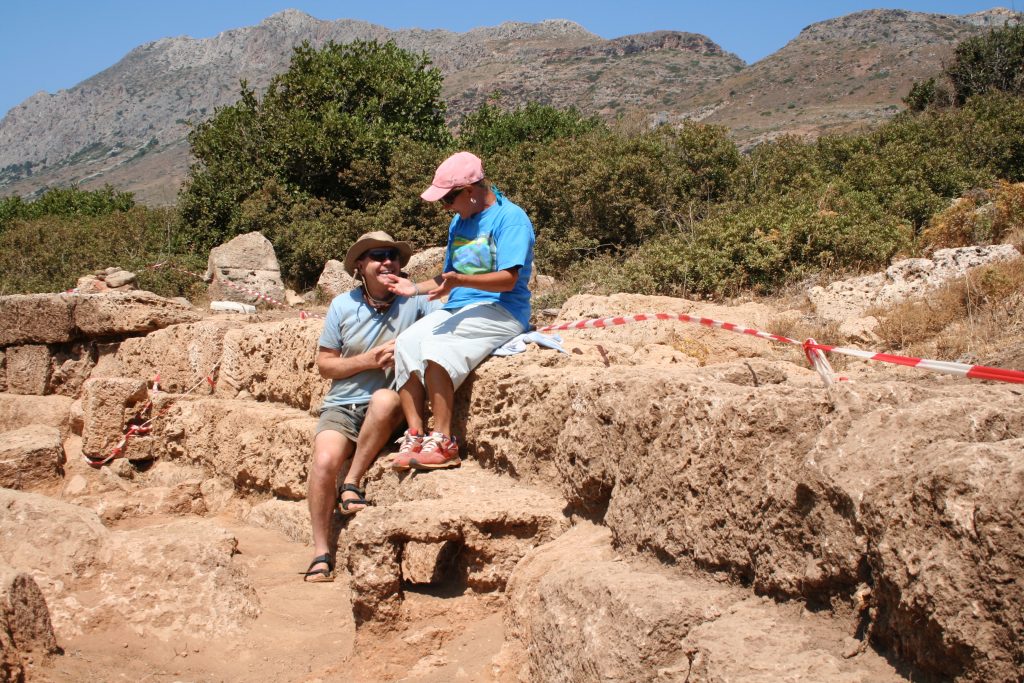
How does it feel to be receiving honorary citizenship of Kissamos?
I was surprised to say the least. Dr Elpida Hadjidakis, my Cretan colleague, had mentioned some time ago that the town council of Kissamos planned to give myself and an associate an award but she had never expanded upon what type of award it was to be. As the time grew closer to my meeting with the Mayor, Elpida let it slip that I was to be made an honorary citizen.
Of course, I immediately felt greatly honoured but since my return to Australia I have begun to more fully understand the importance of such an award. I would mention it in passing to my Greek friends here in Australia and always accompanying the heartfelt congratulations there were comments along the lines of this being so very unusual. One person said: ‘So now that is you and Tom Hanks.’

Even though I was in Crete this past summer for some ten weeks, pressing local council business and already scheduled high season events meant that organisation of the official award ceremony was put on the back burner until June next year. At that time, I will once again return to Crete to continue with my work there. Apparently, they are aiming big for this particular event so I am certainly looking forward to that special date.
Why are you receiving honorary citizenship?
The official vote of thanks involved my archaeological work on Crete both on the ancient site of Phalasarna and on the British shipwreck just off shore there.
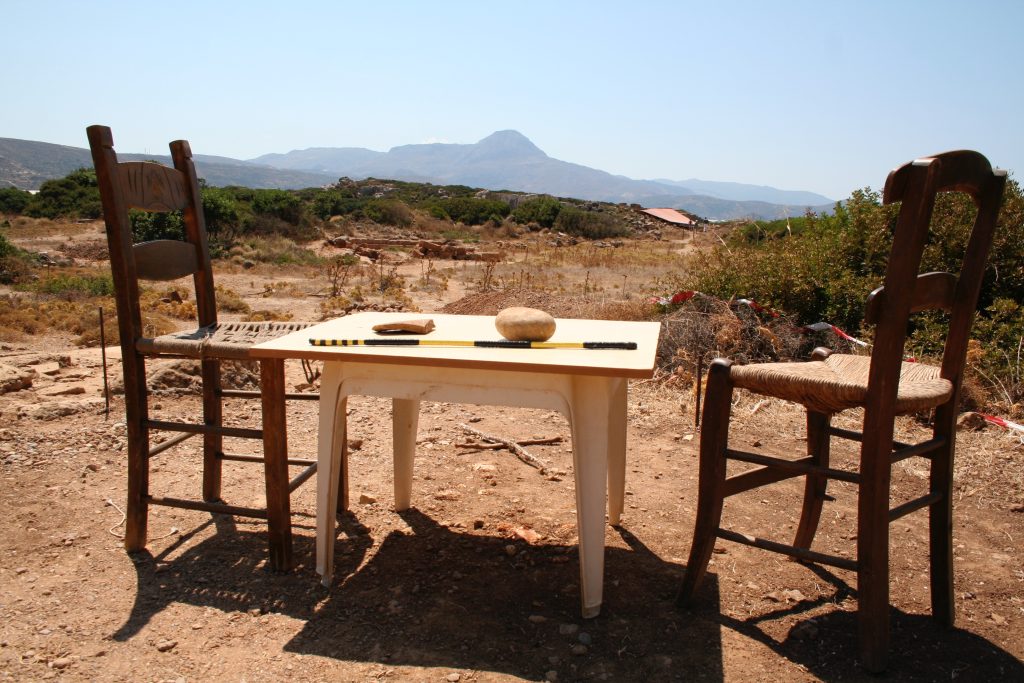
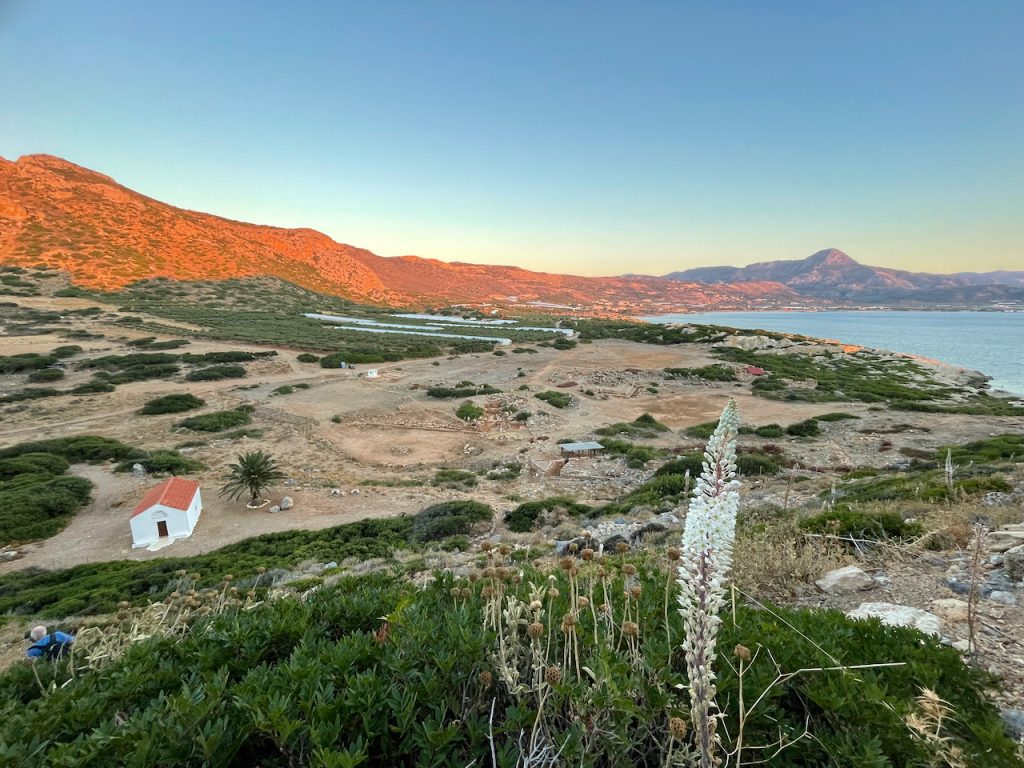
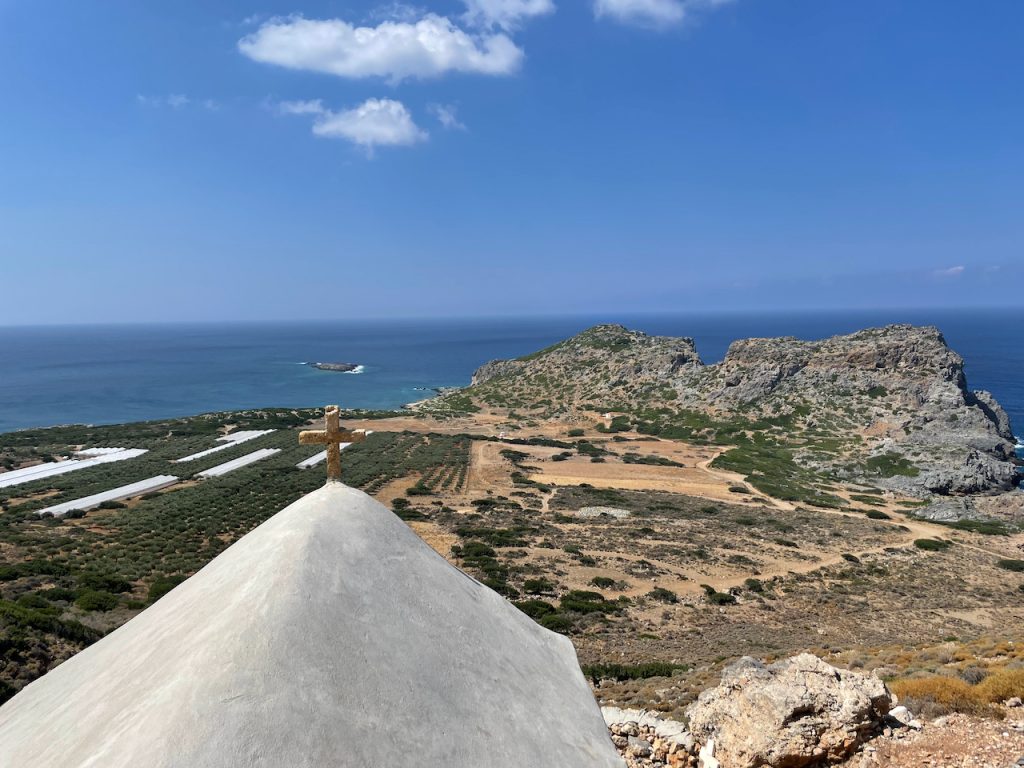
I have been working in Crete on the site of ancient Phalasarna for 15 years, going back each summer to assist Dr Hadjidakis. As some of the readers may already know, while I was there, I was pointed to an all but forgotten WWII shipwreck. Dr Hadjidakis gave me permission to undertake research into the stories surrounding the vessel. The connection of the vessel to thousands of ANZAC troops during the Greek campaign and the Battle of Crete in 1941 sees me still even now, uncovering so many untold stories of bravery and sacrifice. These stories are of not only the troops but also the local populations.
The wrecked vessel is central to the ongoing research, but every day I have spent on Crete revealed yet more tales of the harrowing experiences of the battles themselves and the aftermath during German occupation. Early on in the investigations I was able to find local eyewitnesses from Kissamos to events from 1941 and with the help of Elpida’s daughter Nike I was able to record their amazing stories. And then of course the ‘discovery’ of the British skipper of the actual vessel at Phalasarna added yet another chapter to the history of and the involvement of the area during those difficult times.
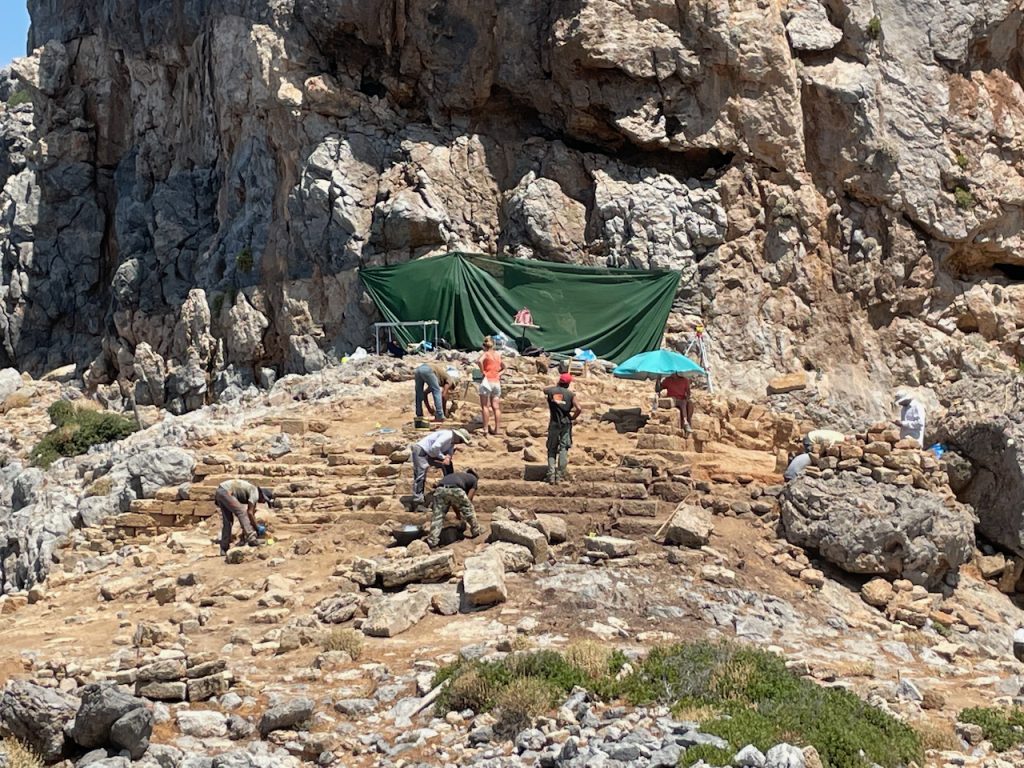
As with most shipwrecks, or at least those underwater, the vessel at Phalasarna is more difficult for visitors to get the complete picture than that of a land-based archaeological site. With this in mind Elpida, Professor Gunnar Liestol from the University of Oslo and myself set about developing an app that would allow people to better understand the wrecksite, the Battle of Crete and the relationship of both to the local area and its people.
Using a process involving augmented reality, visitors to the site can take a virtual tour under the water to view the vessel while a narrator tells the story of the ship and of the Battle of Crete.
You recently went to Phalasarna this year. What did you do there?
Yes, I have only just come back to Australia from Crete. I spent just over ten weeks working with Elpida on a new and exciting excavation on the acropolis of Ancient Phalasarna.
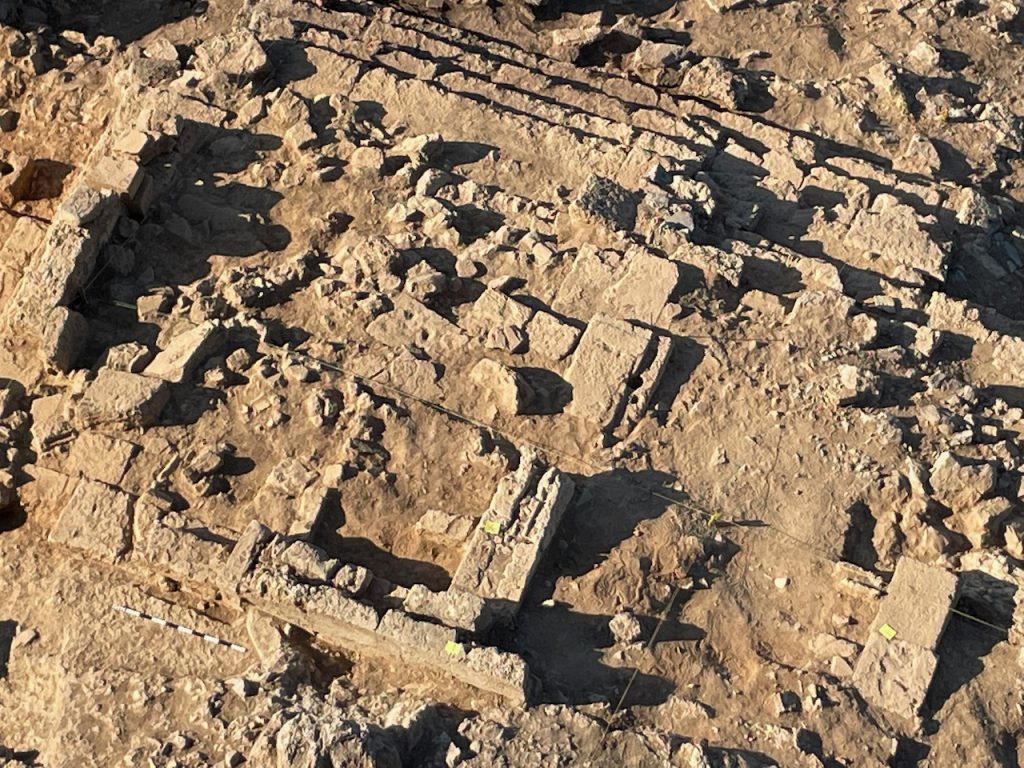
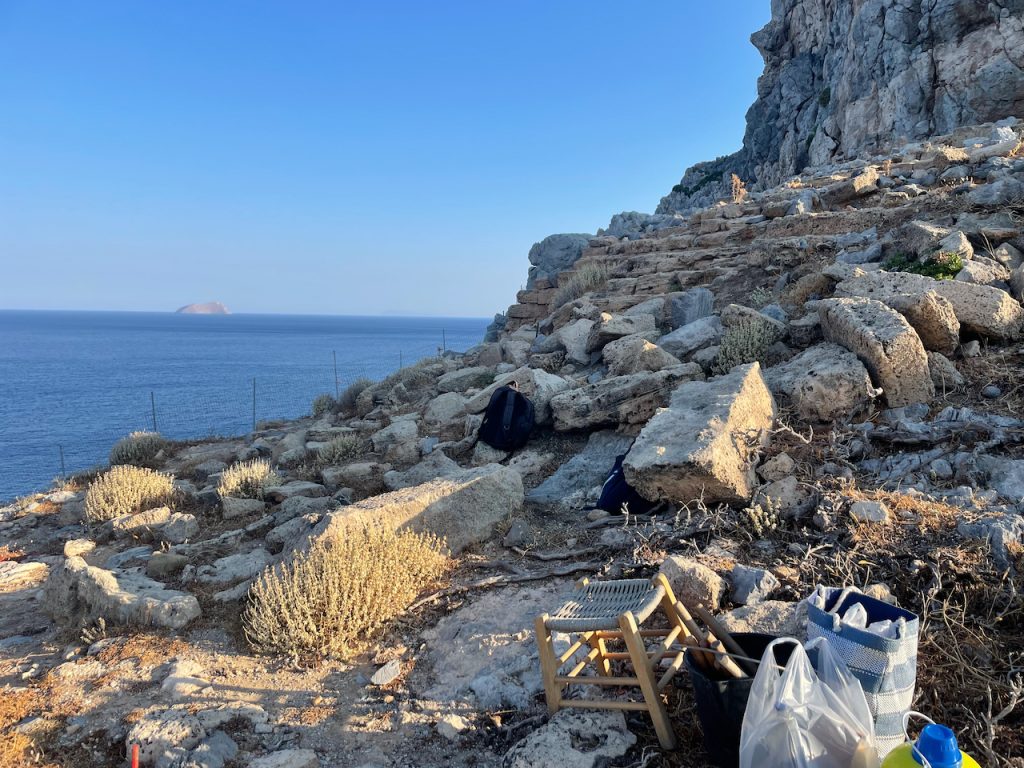
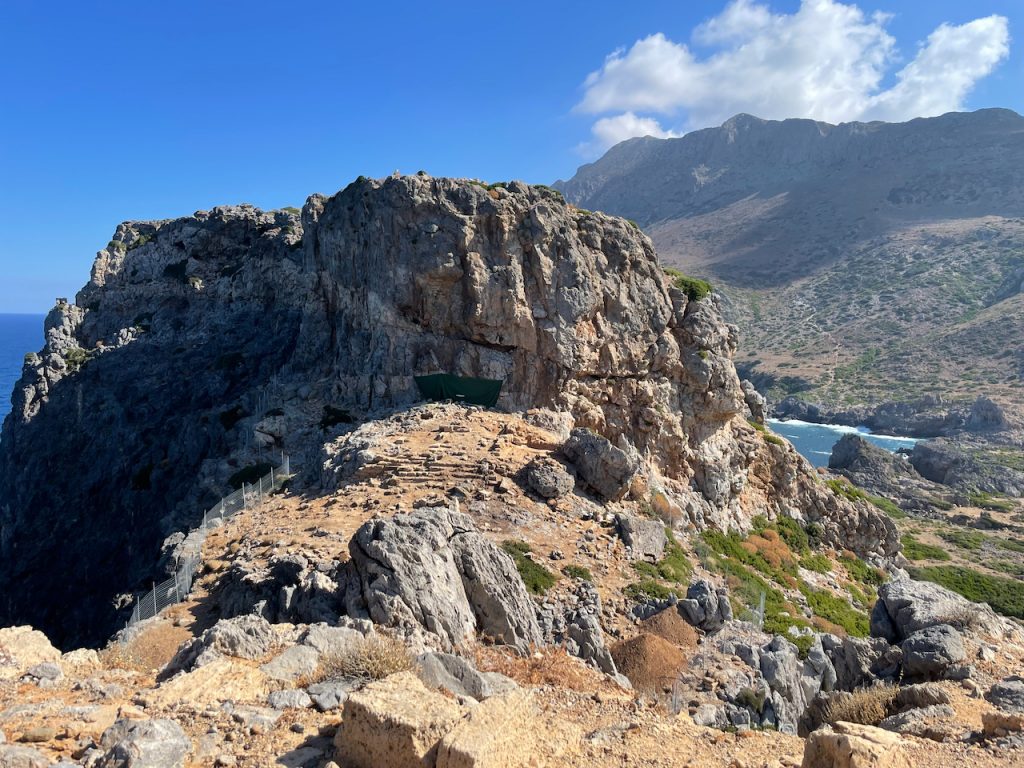
We had talked about excavating there for many years but recently there had been evidence of looting taking place on the acropolis so Elpida decided to start work on what was clearly the site of a temple. Initially, we believed the excavation was going to be a small undertaking as little remained exposed on the surface other than a few obvious well-constructed steps and a number of fallen building stones over a very limited area.
However, as work progressed, the quality and the quantity of finds grew dramatically. Hundreds of terracotta figurines, miniature ceramic vessels, jewellery and weapons left as offerings to the goddess were carefully collected and catalogued. Further architectural features and earlier rock-cut installations were uncovered until the sacred precinct of the sanctuary was found to spread across the entire area. Every day brought new surprises as various phases of the foundations of the outer walls showed that the sanctuary had been in use for many hundreds of years and even retained its significance as a place of worship after the building’s destruction by the Romans in 67BCE.

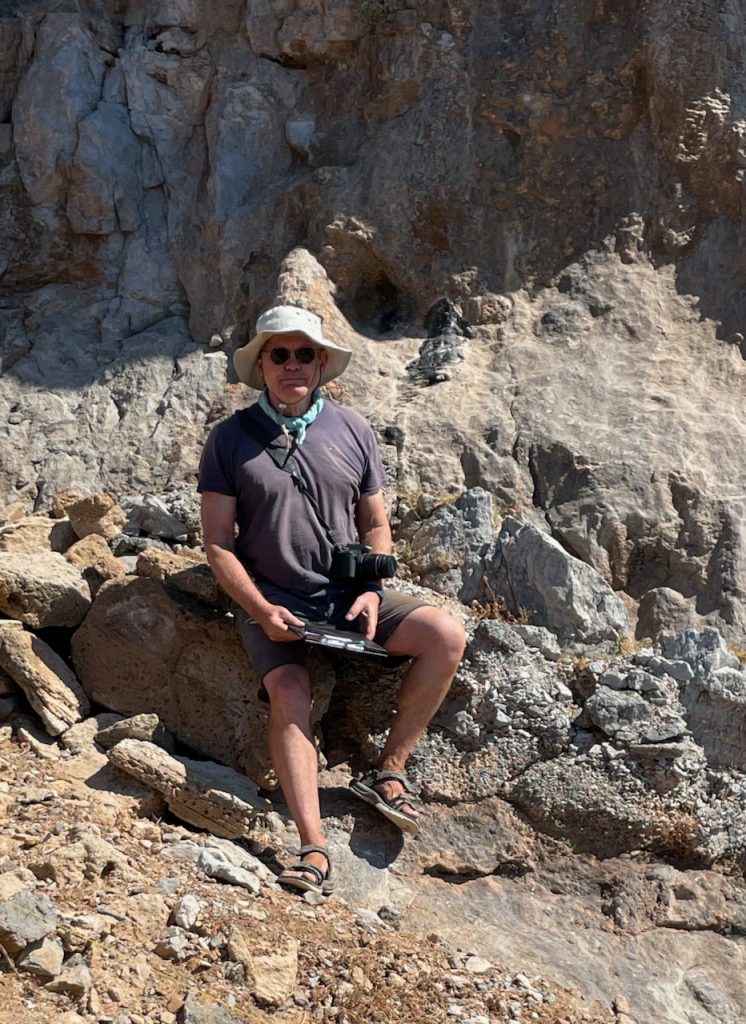
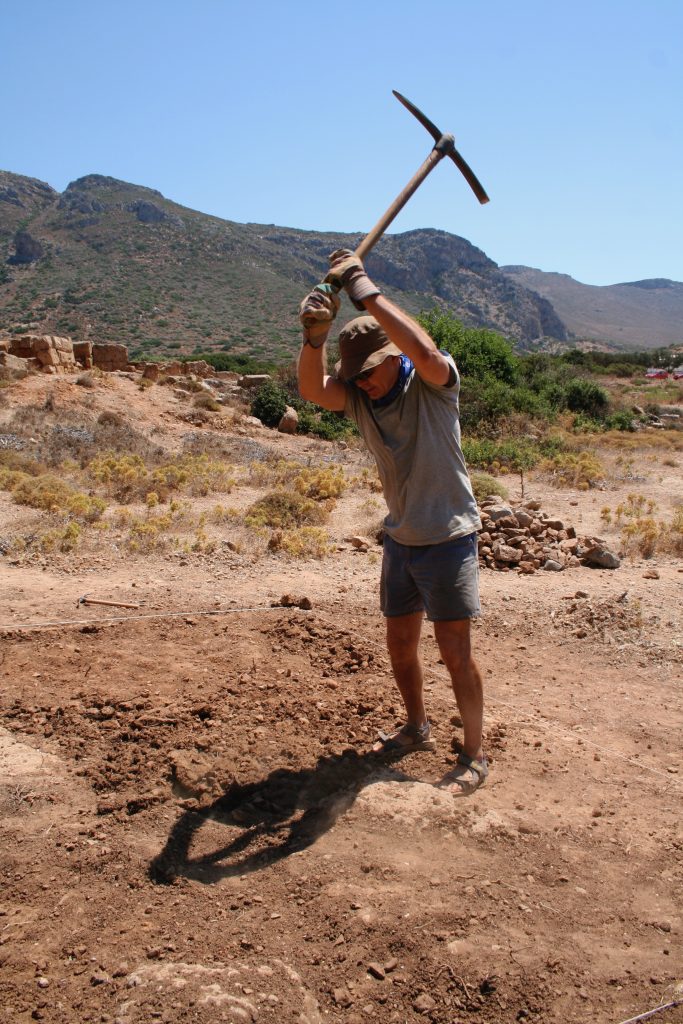
What’s next for you?
I will be back to Crete next June for an extended time to continue work with Elpida on the acropolis, delving deeper into the archaeological record for this, the central sanctuary. We will also begin excavations on some of the many other structures on the acropolis that we surveyed this season.
In the meantime, Elpida and I have been planning for a new book on ancient Phalasarna. We are thinking to make this something more in the format of a coffee table book rather than a detail-heavy volume. Photographs from across the entire site, as well as stunning overviews taken from a drone will be included. We are also in the process of designing a new display to house some of the finds from this year’s excavations in the Archaeological Museum of Kissamos where items uncovered in previous work at Phalasarna are held.
READ MORE: Dr Michael Bendon compiles first ever Nominal Roll for 1941 Greek and Cretan campaigns.

